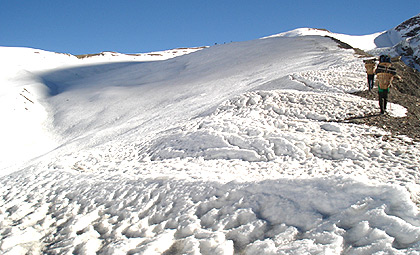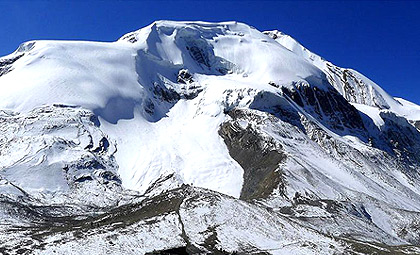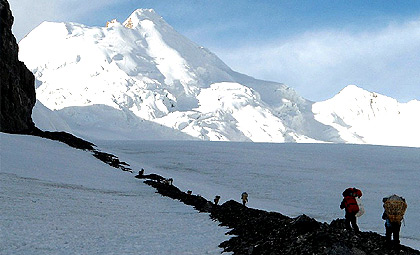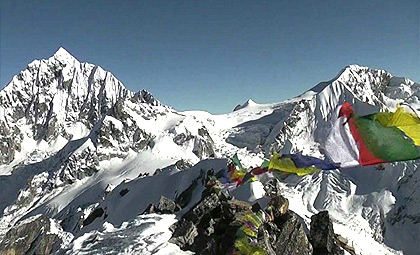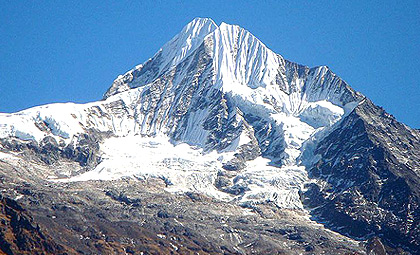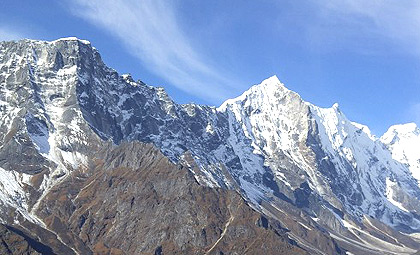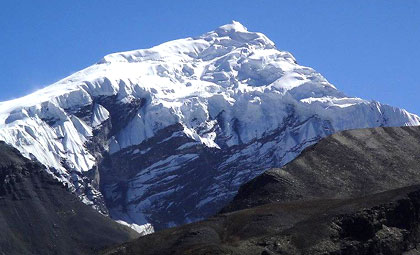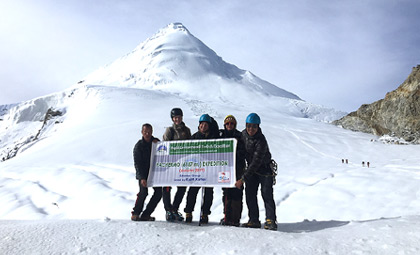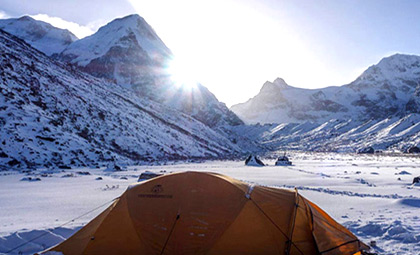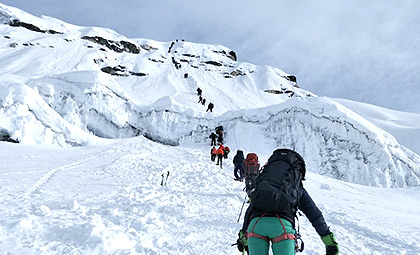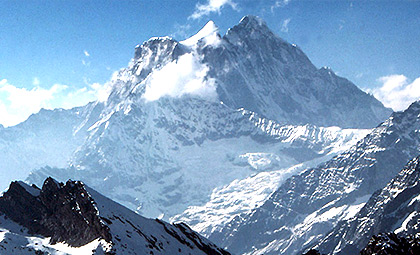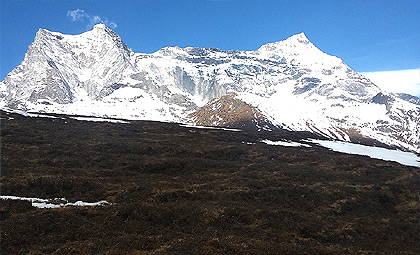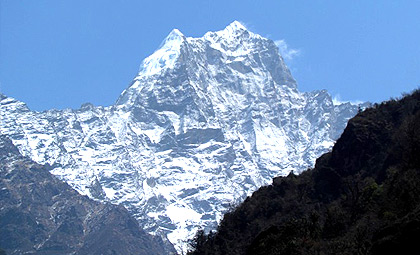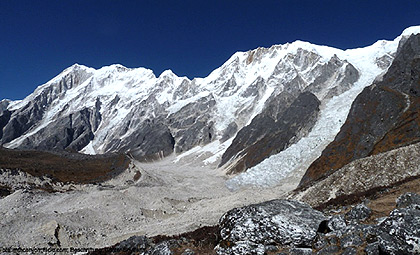Main Navigation
-
-
- Everest Base Camp Trek
- Everest Base Camp - Kalapathar Trek
- Gokyo Valley Trek
- Ama Dablam Base Camp Trek
- Everest View Trek
- Everest Three Passes Trek
- Renjo La Pass-Gokyo Trek
- Gokyo Lake Trek
- Phaplu to Everest Base Camp Trek
- Gokyo-Chola Pass with Everest Base Camp
- Everest Base Camp Trek via Kongma La
- Jiri-Ebc-Kalapatthar-Lukla Trek (drive in/Fly out)
- Everest Panorama Trek
- Jiri-Ebc-Kalapathar-Jiri Trek (drive in drive out)
- Everest Short Trek
- Everest Cultural Trek
- Short Everest Base Camp Trek
-
- Annapurna Base Camp Trek
- Classic Annapurna Circuit Trek
- Annapurna Circuit Trek
- Ghorepani - Poon Hill Trek
- Mardi Himal Base Camp Trek
- Ghandruk - Ghorepani Trek
- Siklis Trek (8 Days)
- Royal Trek
- Jomsom Muktinath Trek (Fly in / Trek out)
- Annapurna Circuit and Annapurna Base Camp Trek
- Panchase Trek
- Jomsom Muktinath Trek (Trek in / Fly out)
- Jomsom to Muktinath Delux Trek
- Annapurna Sanctuary Trek
- Jomsom Trek
- Annapurna Round Trek
- Short Annapurna Circuit Trek
- Short Annapurna Base Camp Trek
- Ghandruk–Ghorepani–Tatopani Trek
- Tilicho Lake Trek (13 Days)
- Annapurna Panorama Trek
- Cultural Trek to Jomsom
-
- Langtang Valley Trek
- Langtang Gosainkunda Trek
- Helambu Trek
- Langtang Ganja La Pass Trek
- Langtang-Gosainkunda-Helambu Trek
- Langtang-Gosainkunda-Chisapani Trek
- Langtang Helambu Trek
- Gosainkunda Frozen Lake Trek
- Langtang Trek
- Langtang Classic Trek
- Gosainkunda-Langtang Ganja la Trek
- Gosainkunda - Helambu Trek
- Tamang Heritage Trek - Langtang Valley
- Helambu-Gosainkunda Trek
- Langtang Cultural Trek
- Gosainkunda Trek
-
- Ganga Jamuna Trek
- Chisapani - Nagarkot - Dhulikhel Trek
- Annapurna Cultural Trek
- Shivapuri Trek (Budhanilkanta - Nagarkot)
- Nagarkot - Changunarayan Trek
- Namobuddha - Phulchowki Trek
- Chisapani Nagarkot Trek
- Gorkha - Pokhara Trek
- Sailung Trek (8 to 10 Days)
- Pokhara - Ghandruk Trek
- Helambu Cultural Trek
- The historical Nepal Unification trekking trail
-
- Dhaulagiri Circuit Trek (Dhaulagiri Base Camp)
- Annapurna Tilicho Lake Trek
- Nar Phu with Annapurna Circuit Trek
- Panch Pokhari - Jugal Himal Trek
- Rolwaling Trek
- Olangchung Gola Trek
- Rupinala Dudh Pokhari Trek
- Tilman Pass trek
- Rara Lake Trek
- Gauri Shankar Trek
- Lumba Sumba Pass Trek
- Nar Phu valley-Tilicho Lake Trek
- Dudh Pokhari Trek
- Arun Valley Trek
- Simikot - Limi Valley Trek
- Nar Phu Valley Trek
-
- Dudhkunda Khaling Trek (11 Days)
- Pikey Peak Trail Trekking (9 Days)
- Tamang Heritage Trail Trek (7 Days)
- Machhapuchhre Trek (10 Days)
- Jaljala Trek (12 Days)
- Khopra Ridge and Khayer Lake Trek (10 Days)
- Machhapuchhre Base Camp Trek (11 Days)
- Numbur Cheese Circuit Trek (16 Days)
- Indigenous Peoples Trail Trekking (8 Days)
- Guerrilla Trek (13 Days)
- Badimalika Culture Trek (15 Days)
-
- Everest Base Camp Trek with Kathmandu City Tour
- Annapurna Circuit Trek with Kathmandu Tour
- Manaslu Trek with Kathmandu Tour
- Kanchenjunga North & South Base Camp Trek with Kathmandu
- Ganesh Himal Base Camp Trek with Kathmandu
- Dhaulagiri Base Camp Trek
- Nar Phu Valley - Tilicho Lake Trek with Kathmandu
- Makalu Base Camp Trek with Kathmandu
- Upper Mustang Cultural Trek with Kathmandu Tour
- Tamang Heritage Trek with Kathmandu
- Langtang Trek with Kathmandu Tour
- Annapurna Base Camp Package Trek
-
- Tour and Trek around Kathmandu Valley
- Helambu Trek with Kathmandu Valley Tour
- Jomsom Cultural Trek
- Kathmandu - Chitwan - Lumbini - Pokhara Tour (12 Days)
- Kathmandu-Chitwan-Pokhara Tour (9 Days)
- Kathmandu Nagarkot Tour (6 Days)
- Kathmandu-Chitwan Winter Tour (7 Days)
- Kathmandu Valley Tour with Nagarkot Dhulikhel Trek (7 Days)
- Ghorepani Trek with Kathmandu City Tour (10 Days)
- Trek and Tour around Kathmandu Valley (8 Days)
-
- Tour and Trek around Kathmandu Valley
- Ganga Jamuna Trek
- Ghorepani Trek with Kathmandu Tour
- Helambu Trek with Kathmandu Valley Tour
- Jomsom Cultural Trek
- Kathmandu Tour with Nagarkot Valley Trek
- Kathmandu - Chitwan Tour
- 5 Nights 6 Days Kathmandu - Nagarkot Tour
- Kathmandu - Chitwan - Pokhara Spring Tour
- Kathmandu - Chitwan - Lumbini - Pokhara Tour
-
-
- Everest Expedition (8848.86m)
- Manaslu Expedition (8163m)
- Ama Dablam Expedition
- Ama Dablam Expedition with Island Peak Climb
- Annapurna Expedition (8091m)
- Kanchenjunga Expedition (8586m)
- Baruntse Expedition
- Dhaulagiri Expedition (8167m)
- Mera Peak Climbing with Baruntse Expedition
- Cho Oyu Expedition (8201m)
- Makalu Expedition (8485m)
- Lhotse Expedition (8516m)
- Himlung Expedition
- Putha Hiunchuli Expedition
-
- Island (Imja Tse) Peak Climbing
- Mera Peak Climbing
- Chulu East Peak Climbing
- Everest Base Camp trek with Island Peak Climbing
- Naya Kanga Peak Climbing
- Lobuche East Peak Climbing
- Mera Peak and Island Peak climbing over Amphu Lapcha Pass
- Chulu Far East Peak Climbing
- Thapa Peak (Dhampus peak) Climbing
- Chulu West Peak Climbing
- Paldor Peak Climbing
- Pokalde Peak Climbing
- Tent Peak (Tharpu Chuli) Climbing
- Yala Peak Climbing
- Singu Chuli Peak Climbing
- Hiunchuli Peak Climbing
- Pisang Peak Climbing
- Mardi Himal Peak Climbing
- Abi Peak Climbing
- Cholatse Peak Climbing
- Lobuche (Lobuje) West Peak Climbing
- Chhukung Ri Peak Climbing
- Machermo Peak Climbing
- Phari Lapcha Peak Climbing
- Nirekha Peak Climbing (6159m.)
- Ombigaichen Peak Climbing
- Langsisa Ri Peak Climbing
- Larkya Peak Climbing
- Yubra Himal Peak Climbing (6048m.)
- Kusum Kanguru Peak Climbing
- Kongde Ri Peak Climbing
- Ramdung GO Peak Climbing
- Bokta Peak Climbing (6114m.)
- Pachermo Peak Climbing
- Dormo Peak Climbing
- Kyazo Ri Peak Climbing
- Chekigo Peak Climbing
- Yalung Ri Peak Climbing - Tashi Lapcha Pass
- Saribung Peak Climbing
- Thorong Peak Climbing
-
- Bird Watching Tour in Nepal
- Nepali Cooking Course
-
- Tibet Tour - 5 days (Fly-in and Fly-out)
- Lhasa Impression - 4 Days Package
- Lhasa - Ganden Tour (5 Days)
- Lhasa - Namtso Lake Tour
- Lhasa - Tsedang Tour
- Lhasa Kathmandu Overland Tour
- Tibet Tour - 8 Days (Drive-in and Fly-out)
- Tibet Tour with EBC and Namtso Lake (8 Days)
- Tibet Tour with EBC - (Drive-in and Fly-out)
- Tibet Overland Tour with EBC (9 Days)
- FAQs
- Inquiry
- Blog
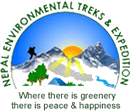




 Stay overnight at a hotel in Kathmandu.
Stay overnight at a hotel in Kathmandu.

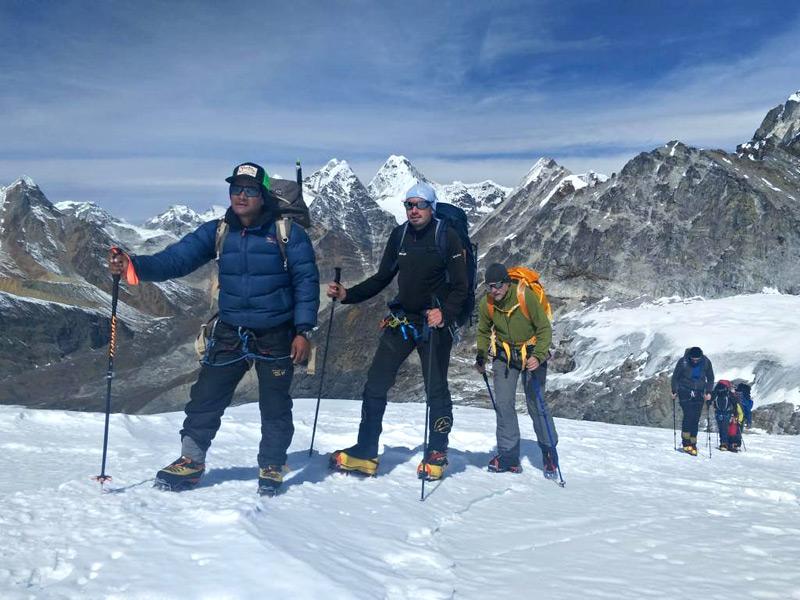





.jpg)
--amphulapcha.jpg)






